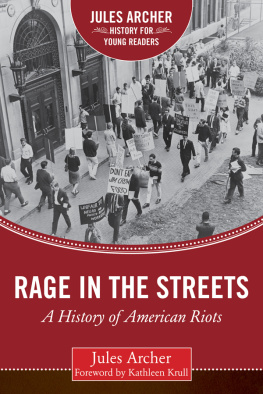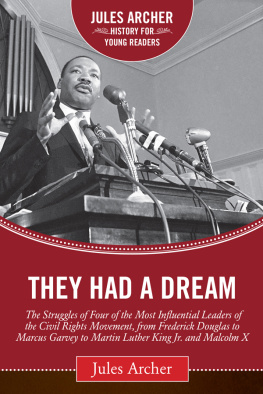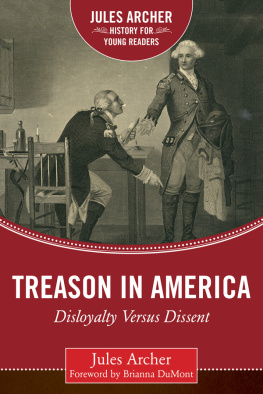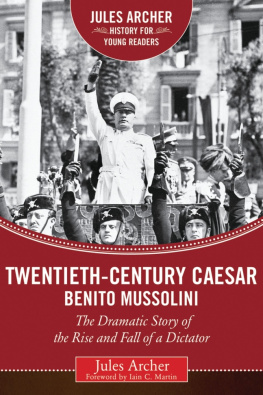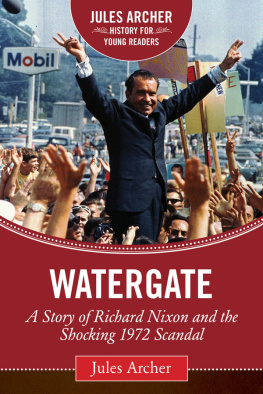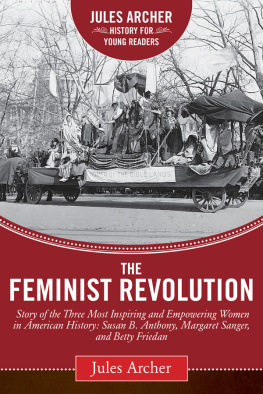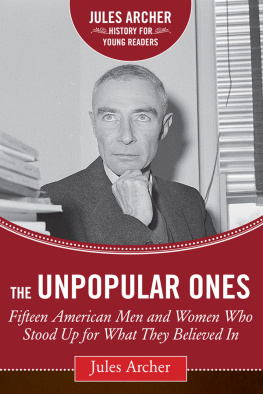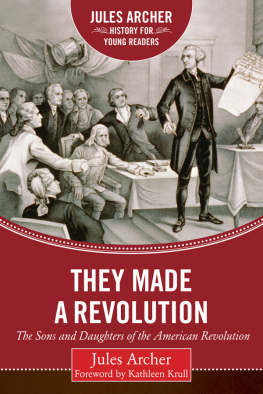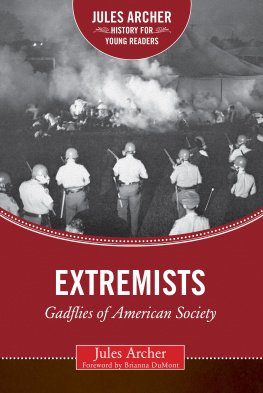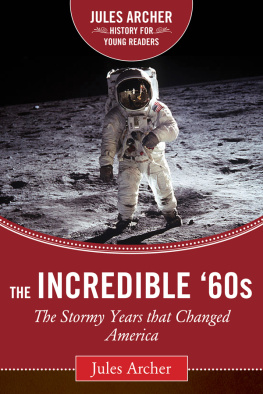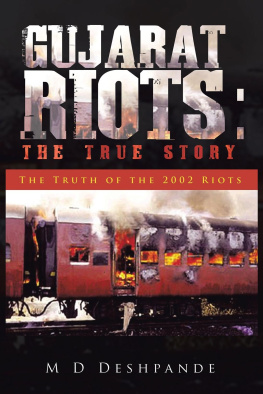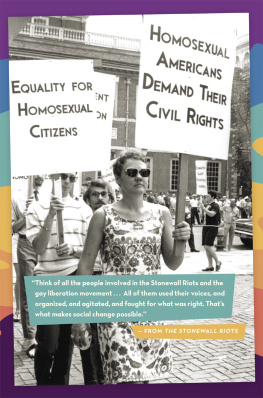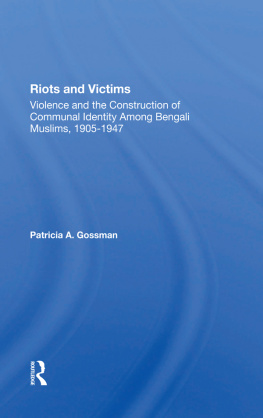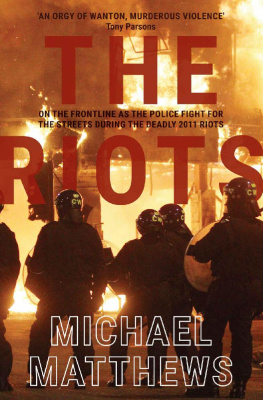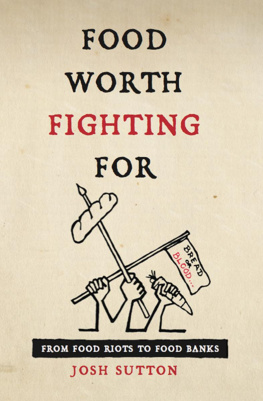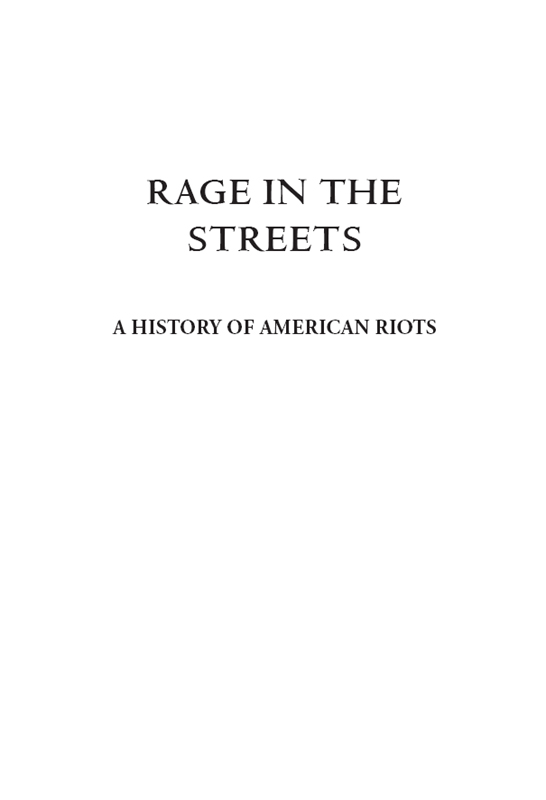RAGE IN THE STREETS
The nature of various sparks to violencereligious, governmental, prejudicialsuggests that we Americans can be a miserable lot. Archer dedicates the book to his granddaughters, who might, if were lucky, benefit from the remedies he proposes.
Kirkus Reviews
A subject not routinely covered in books for young people receives some timely, close-up attention by a respected chronicler of modern history and politics.
Booklist
Clear, concise, and will hold readers interest. In addition, it will be a valuable supplement to history and sociology curriculums.
School Library Journal
A good beginning for students researching mob violence in America.
The Book Report
Well researched and includes historical and contemporary causes and contexts of riots and mob action.
Social Education
Absorbing history this is an honest look at how easily violence may erupt and a crowd turn deadly.
Journal of Reading
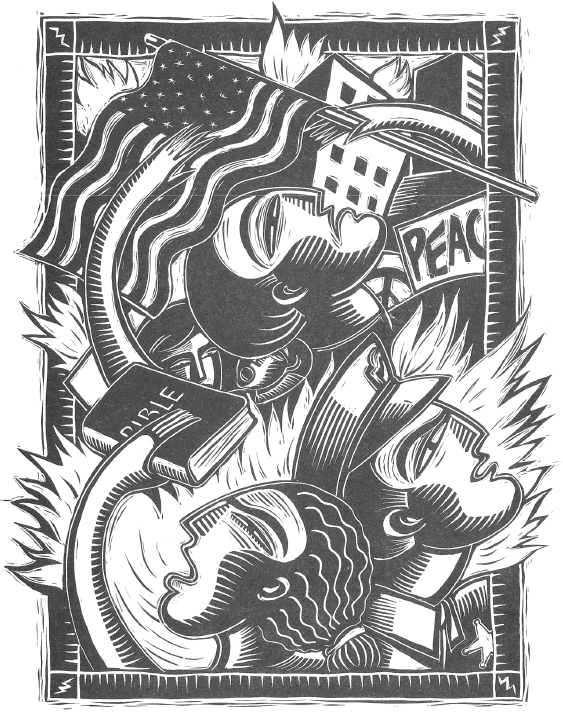
Historical texts often reflect the time period in which they were written, and new information is constantly being discovered. This book was originally published in 1994, and much has changed since then. While every effort has been made to bring this book up to date, it is important to consult multiple sources when doing research.
Copyright 1994 by Jules Archer
Illustrations copyright 1994 by Lydia J. Hess, used by permission
Foreword 2016 by Sky Pony Press, an imprint of Skyhorse Publishing, Inc.
First Sky Pony Press edition, 2016
All rights reserved. No part of this book may be reproduced in any manner without the express written consent of the publisher, except in the case of brief excerpts in critical reviews or articles. All inquiries should be addressed to Sky Pony Press, 307 West 36th Street, 11th Floor, New York, NY 10018.
Sky Pony Press books may be purchased in bulk at special discounts for sales promotion, corporate gifts, fund-raising, or educational purposes. Special editions can also be created to specifications. For details, contact the Special Sales Department, Sky Pony Press, 307 West 36th Street, 11th Floor, New York, NY 10018 or .
Sky Pony is a registered trademark of Skyhorse Publishing, Inc., a Delaware corporation.
Visit our website at www.skyponypress.com.
10 9 8 7 6 5 4 3 2 1
Library of Congress Cataloging-in-Publication Data is available on file.
Print ISBN: 978-1-63450-186-6
Ebook ISBN: 978-1-63450-621-2
Series design by Brian Peterson
Cover photo credit Library of Congress
Printed in the United States of America
To my granddaughters,
KIRSTEN, COLLEEN, ERIN , and ZO
CONTENTS
FOREWORD
Leave it to Jules Archer to tackle such a big, bold topic: violent protests throughout American history. A subject not routinely covered in books for young people, as Booklist hailed his book at publication, receives some timely, close-up attention by a respected chronicler of modern history and politics.
Originally subtitled Mob Violence in America, this was first published in 1994 by Browndeer Press, an imprint of Archers longtime publisher Harcourt Brace & Company. Unlike many of Archers books that are illustrated with photos, this one benefits from woodcuts by Lydia J. Hess. The illustrations are appealing, evocative, full of charging movement, and not dated in the least.
This book is ambitious, highlighting more than sixty episodes of violencewho knew? One could argue for a sharper focus. Riots often occur as tactics of last resorts, Archer explains in the introduction, when people with grievances find all other opportunities for the remedy of their afflictions blocked. Had he stuck with this angle, he might have included fewer episodes with fuller backgrounds.
But thats not Archers style. Hes going for the comprehensive, the encyclopedic. He starts with the riotous birth of our country and keeps going through the centuries to the labor union struggles of the 30s, the civil rights demonstrations of the 50s, the antiwar protests of the 60s, all the way up to the time just before the books publicationthe 1992 LA riots after the Rodney King verdict. Were Jules Archer alive today (he died in 2008), hed have just kept goingto Oakland, Ferguson, Baltimore, and beyond.
Archer organizes his catalog of violence by various causescourt decisions, intolerance, racial prejudice, fear of losing jobs, police provocation, war protests, outrage over taxes, utter despair, and more. The material is bookended by an introduction to the psychology of riots and a concluding chapter about their ultimate futility. In between, its up to the reader to synthesize and make connections.
Some incidents in the book were unknown to me, like the 1834 mob of anti-Catholic extremists who stormed a Boston convent; the shocking extent of anti-Chinese violence in the 1870s and 1880s; the vicious targeting of the attacks on returning black World War II veterans.
What with such a grand ambition, quibbles are bound to crop up. Having written a book on the Boston Tea Party myself ( What Was the Boston Tea Party?, 2013), I question some details in Archers account of it. It really wasnt a riot with protestors howling in glee. In fact, it was carried out as noiselessly as possible. A protest, yes, but essentially a nonviolent one that has inspired nonviolent protests ever since. Likewise, Archers version of the famous War of the Worlds broadcast in 1938 was particularly dramatic. As I relay in The Night the Martians Landed (2003), some people did freak out, but mobs, stampedes, looting, and rioting? Not so much.
Archer also covers a few rock concert events that dont particularly fit in with his theme. At the 1979 the Who concert in Cincinnati, eleven people were killed as fans tried to squish into the arena in what was more of a stampede, a terrible accident, than a riot. Not mentioned but more relevant might have been the 1969 Rolling Stones concert at Altamont Speedway in California, which was marred by out-of-control violence.
A topic that was not on Archers radar was the gay rights struggle, such as the Stonewall riots of 1969 or the 1979 White Night riots in San Francisco following the lenient sentencing of assassin Dan White.
In his list of sources, Archer includes a lot of relevant books, but he also references popular magazines like Time , Newsweek , The Saturday Evening Post , Psychology Today . At times his style is similarly magazine-like, dependent on secondary sources. Kirkus Reviews described each episode in the book as being presented as a tightly constructed newspaper report. Archer also sometimes blurs fact and fictionfrowned upon todayin what is clearly invented dialogue used to tell the story.
But Archer is a pro at boiling his intensive research down into accessible paragraphs that glide along, cutting through opaque material to render it transparent. The text is clear, concise, and will hold readers interest, according to School Library Journal . SLJ added that the book would make a valuable supplement to history and sociology curriculums.
Seconding SLJ , I see this as an excellent conversation-starter in the classroom: namely, what episodes would Archer have included in a 2016 revision? Teachers could have a field daylots of room for discussion here. Even the art inspires analysis. The woodcuts are nicely lined up in and would be interesting to compare and contrast. Its hard to think of an author today who would write on this topic so boldly as Jules Archer has. And the theme of Rage in the Streets is timelier than ever.
Next page
